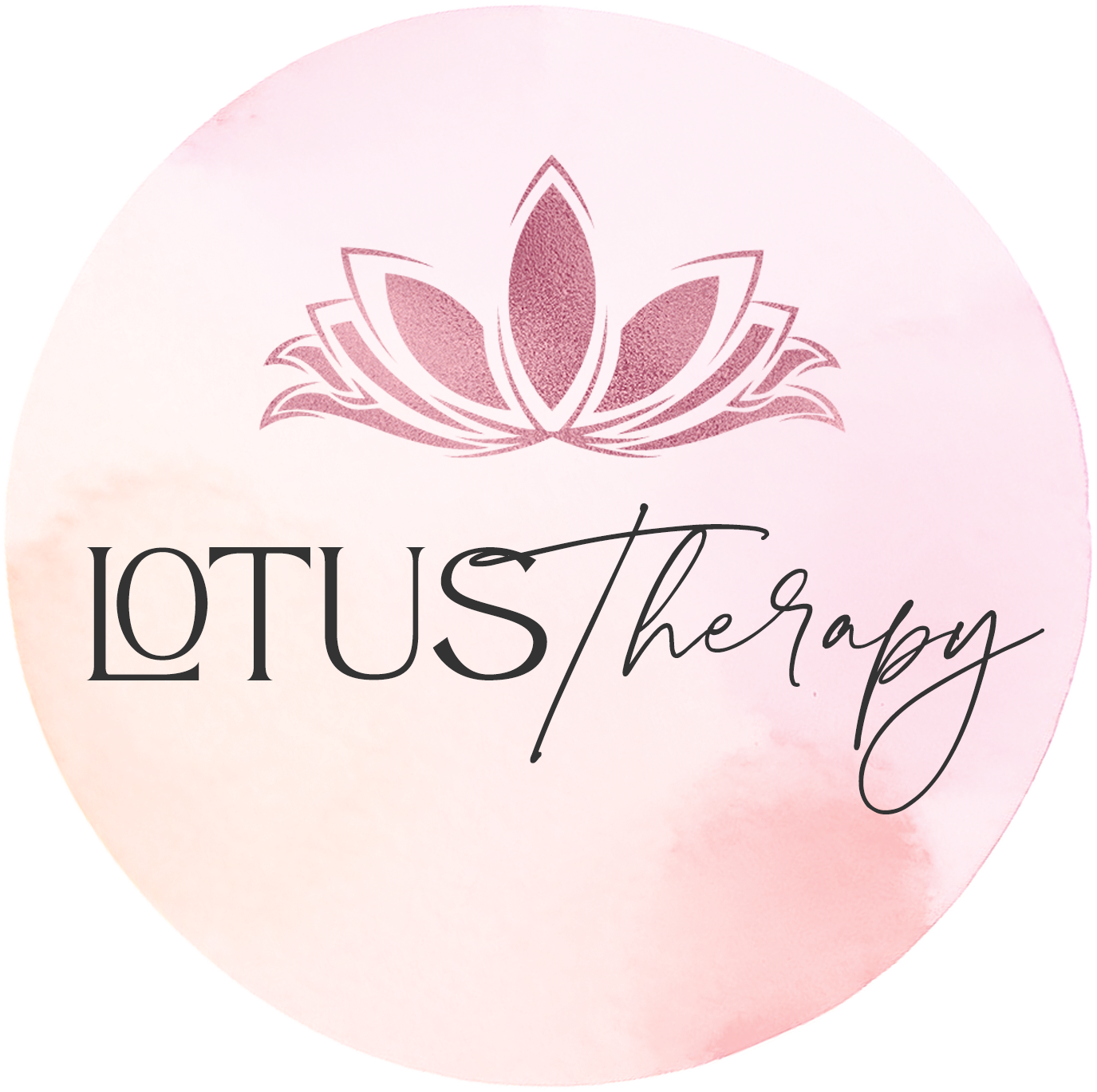Turn to Your Right Brain
Calming Anxiety and Deepening Connection in Relationships
When anxiety strikes—especially during conflict or emotional moments in your relationship—it can feel like your brain is hijacked. Racing thoughts, shallow breathing, defensiveness, or shutdown can take over before you even know what’s happening.
That’s because most of us, when stressed or anxious, automatically shift into left-brain mode: the part of the brain that analyzes, problem-solves, categorizes, and—during moments of emotional threat—goes into protection.
But here’s something powerful: healing, connection, and emotional regulation happen in the right brain. And the more we learn to turn toward our right brain during anxious or relationally tense moments, the more grounded, connected, and emotionally attuned we become.
In this post, we’ll explore the difference between your left and right brain during anxiety, why your right brain holds the key to calming your nervous system, and how to practically access it—especially in your romantic relationship.
Left Brain vs. Right Brain: What’s the Difference?
While the brain is always working as a whole, it has two hemispheres that tend to take on different roles.
Left Brain: Language, logic, problem-solving, patterns, time, order, reasoning.
Right Brain: Emotion, intuition, creativity, sensory experience, connection, present-moment awareness.
In anxious states, we often over-rely on the left brain, trying to think our way out of discomfort. We overanalyze our partner’s tone, replay conversations, and attempt to “fix” things quickly. But connection—real, felt emotional safety—doesn’t come from logic.
It comes from right-brain engagement. That’s where attunement, empathy, and emotional resonance live. And when we learn to turn toward our right brain in anxiety, we unlock a completely different way of relating—not just to our emotions, but to our partners.
What Anxiety Looks Like in the Left Brain
When your nervous system perceives a threat (real or emotional), your left brain jumps into high gear:
You focus on past mistakes or future fears
You obsess over words and meaning
You become rigid, critical, or overly logical
You lose access to empathy and openness
You disconnect from the felt sense of the present moment
You may find yourself saying or thinking things like:
“This doesn’t make sense!”
“What if this never gets better?”
“Why do they always do this?”
“I need to fix this now!”
While the left brain wants clarity and solutions, anxiety is not always a problem to solve—it’s a state to soothe.
Why the Right Brain Is Key During Anxiety
The right brain speaks the language of safety, emotion, and presence. It doesn’t ask you to explain how you feel—it invites you to feel it. It helps you:
Ground in your body
Notice and validate emotions
Attune to your partner’s tone, expression, and energy
Slow down, breathe, and connect
Access compassion and creativity
When we turn toward our right brain, we step out of reactivity and into regulation. We soften. We become more human and less defensive. We reconnect with what matters most: emotional safety and relational connection.
How to Turn to Your Right Brain in Anxious Moments
1. Breathe Through the Body, Not the Mind
Right brain activation begins with body awareness. The body is always in the present, and the right brain thrives in now.
Try:
4-7-8 breathing (inhale for 4, hold for 7, exhale for 8)
Placing your hand on your chest or belly to anchor yourself
Feeling your feet on the floor or placing your hand on a solid surface
This shifts you out of mental spiraling and into embodied presence.
2. Name the Feeling, Not the Story
The left brain wants to tell the story—what happened, why it matters, what might go wrong. The right brain simply wants to feel and be felt.
Try saying:
“I’m feeling overwhelmed right now.”
“There’s a lot of fear in my chest.”
“I don’t need to fix anything right now. I just need to be with this.”
This invites compassion and disarms the need for immediate resolution.
3. Use Sensory Anchors
Right-brain functioning is deeply connected to the senses. Soothing them brings calm.
Try:
Splashing cold water on your face
Drinking a warm beverage slowly
Listening to calming music
Noticing three things you can see, hear, and touch in the moment
These sensory experiences help you return to the here and now, calming your nervous system in the process.
4. Connect Through Eye Contact and Tone
When anxiety shows up in your relationship, attunement—not solutions—is what’s needed most. Right brain connection happens through nonverbal cues like tone of voice, facial expression, and presence.
Try:
Making eye contact without rushing to respond
Speaking in a slower, softer tone
Saying something simple and grounding like, “I’m here with you.”
Even just sitting quietly together can restore connection when words fall short.
5. Let Go of “Fixing” and Lean into “Feeling”
You don’t have to fix your anxiety or your partner’s discomfort. You simply have to be with it—with openness, curiosity, and kindness.
Anxiety often passes not because we solved it, but because we stopped fighting it and allowed it to move through. That’s what the right brain understands: emotion is not a problem—it’s a wave.
The Right Brain Knows How to Love
Anxious moments in relationships don’t require perfect logic or fast solutions. They require presence, emotional attunement, and regulation.
By learning to turn to your right brain in moments of anxiety, you soften your edges, deepen your connection, and remind both yourself and your partner:
We are safe. We are here. We are in this together.
This is the heart of emotional intimacy.
As a couples therapist based in Lakeland, Florida, I offer personalized counseling services to help couples strengthen their relationships. If you feel that professional help could benefit your relationship, don’t hesitate to reach out! If you're looking for something more personalized, I invite you to contact me for a consultation or book a session. Together, we can work towards building a more intentional and fulfilling relationship.
Written By: Crystin Nichols MS, RMFTI

